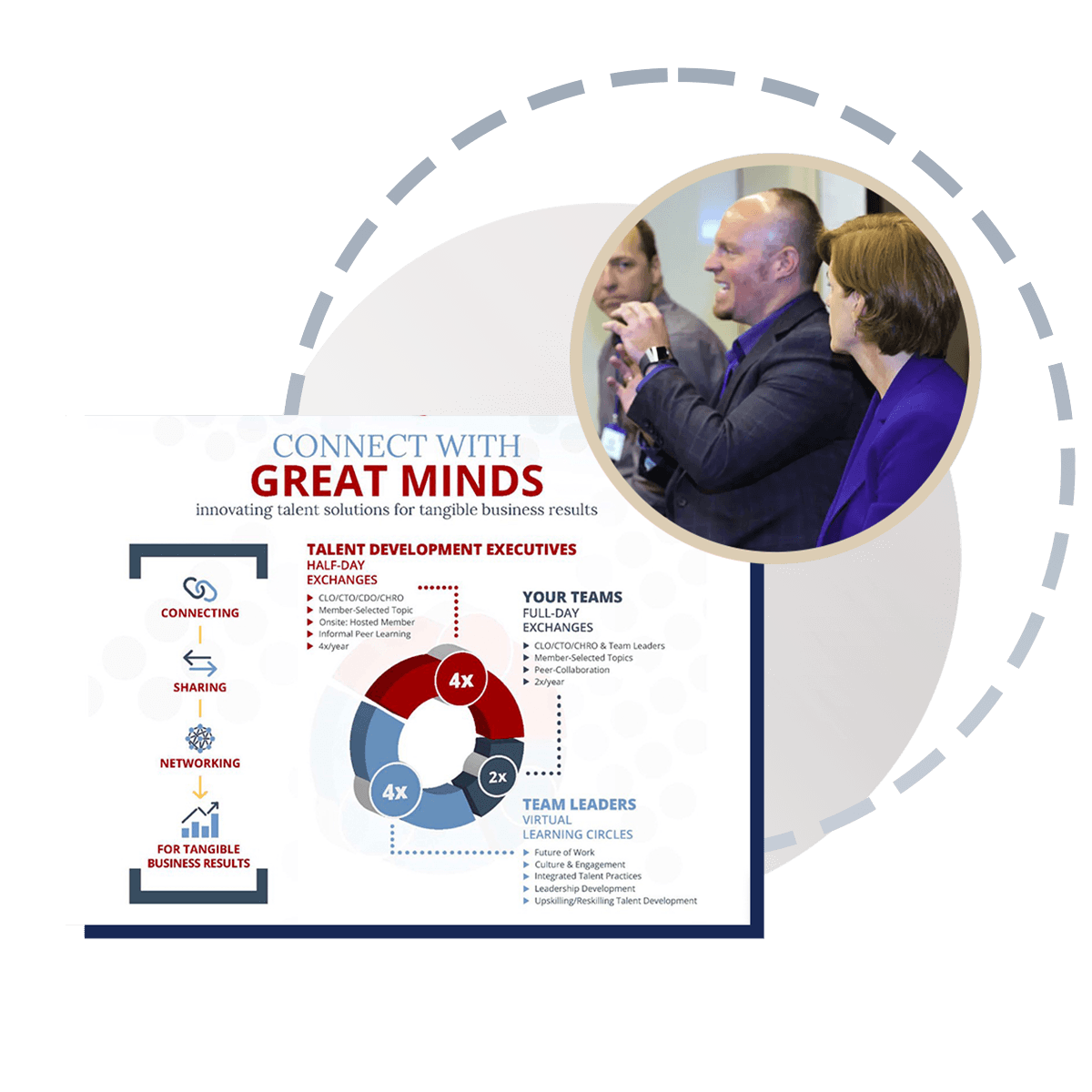L&D leaders recognize that companies that rely mostly on training programs to develop staff fall woefully short in preparing employees for today’s workplace challenges. The best organizations are therefore moving towards a continuous learning model. In so doing, these organizations are now realizing that development has become significantly more complicated. Where traditional training focuses almost solely on education, continuous learning also takes into account experiences, environmental support, and exposure to networks. Intentionally enabling this sort of learning is hard. Getting the organization to recognize (and give credit) continuous learning investment is even harder. So now what?
An Architecture that Works:
Many High-Impact Learning Organizations solve the challenges of learning beyond the classroom through a well-designed, commonly understood learning architecture. Such an architecture provides the structure necessary to define, develop, modify, and communicate learning elements for all stages of an employee’s career. It standardizes the language and the vision for what development means across L&D AND the wider organization. It reinforces the organization’s culture and values related to learning – and it limits scope for investments in learning in a good way.
